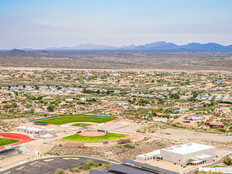Schools Choose Mobile and Outdoor DVLED Display Options
Beyond size and shape, there are other features schools can look for in DVLED display solutions.
ViewSonic, specifically, has a 133-inch video wall that folds into itself and then lowers down into a carrying case so you can move it throughout the building. You could take it onto an elevator. If you need a portable video wall, there are ways to accommodate that.
RELATED: One K–12 district dazzles students and teachers with mobile interactive flat panels.
Almost every one of the DVLED displays comes with an outdoor option. If a school wants to put a video wall on the front of the building, they can. These solutions have the robust capability to run outdoors in any elements, even in Las Vegas heat.
Samsung, LG and Planar all offer outdoor video boards for football stadiums and other sporting event sites. Even in smaller schools, there’s typically a lot of funding around sports, so these AV investments are very attainable.
K–12 IT Departments Need Low-Maintenance AV Solutions
While cost is always a strong motivator for schools, it’s not just budgets driving interest in these displays. For one thing, they have 100,000-hour runtimes. On top of that, they’re easy to maintain, easy to support and plug in like a standard-display HDMI input.
Historically, if schools were installing a tiled video wall, with 2-foot-by-2-foot or 3-foot-by-3-foot tiled displays, those were a bit more complex. You have to do cabling. You have to do the AV control. You have to mount them precisely.
The new ones are all-in-one displays, so it’s a standard installation. You put up a wall mount and put the bracketing on and you’re done.
Some districts may still want to work with a vendor, such as Samsung, that has installation services for its displays. It’s a one-stop shop. You buy 150-inch display, and Samsung’s team will come and hang it on the wall for you.
FIND OUT: What should schools look for when selecting a technology vendor?
Vendors Bring Digital Signage Software Into the Future
We’re also seeing advancements in display software. Mandoe, for example, is one of the first vendors to offer artificial intelligence prompt-driven template creation for digital signage.
If you want a Labor Day slide, you set up a prompt: “I need a Labor Day slide. I want it to say this. I want these colors.” It will then create that template, and you can adjust it, make edits and apply it.
Historically, corporate organizations would have to pay a large sum for a design team. Now, although companies will still need design teams at times, organizations that are more resource-constrained, such as K–12 schools, have a built-in design staff for templates. It’s logical to apply AI image creation to that space, and other vendors will likely offer something similar soon.
In the meantime, there are other ways companies are innovating when it comes to digital display software. Rise Vision is a good example. The company’s digital signage software runs on almost any operating system. You’re no longer married to one solution; you can buy any display for it to run on.
This article is part of the ConnectIT: Bridging the Gap Between Education and Technology series.
![[title]Connect IT: Bridging the Gap Between Education and Technology](http://www.edtechmagazine.com/k12/sites/default/files/articles/2014/05/connectit.jpg)







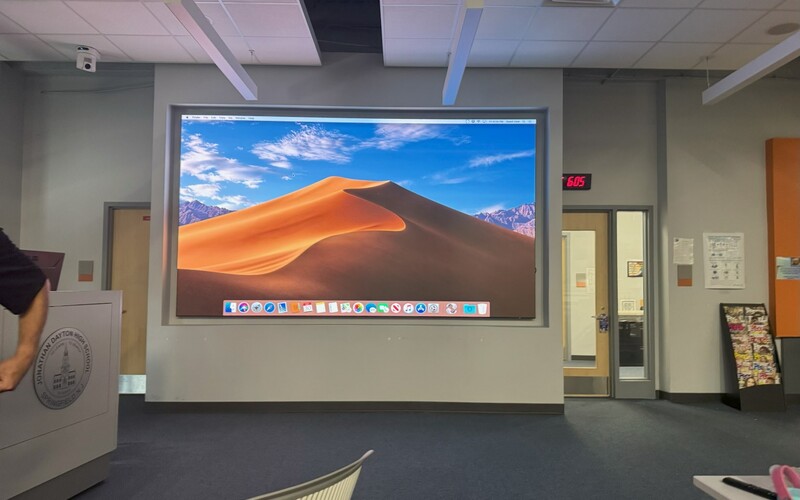
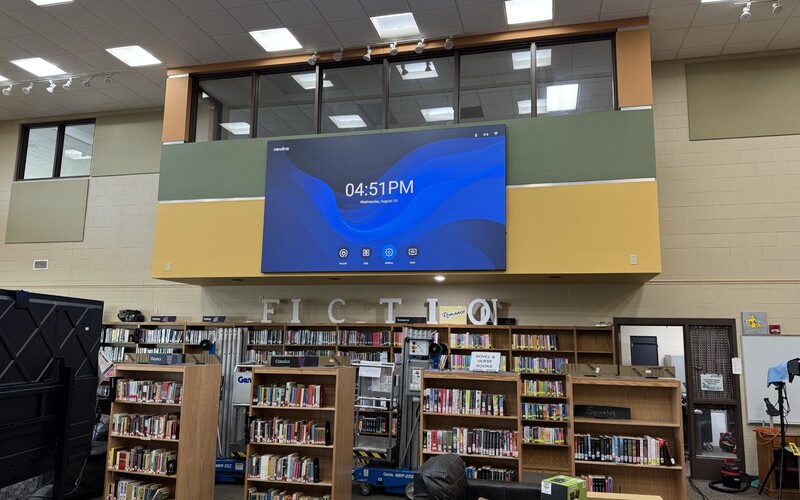
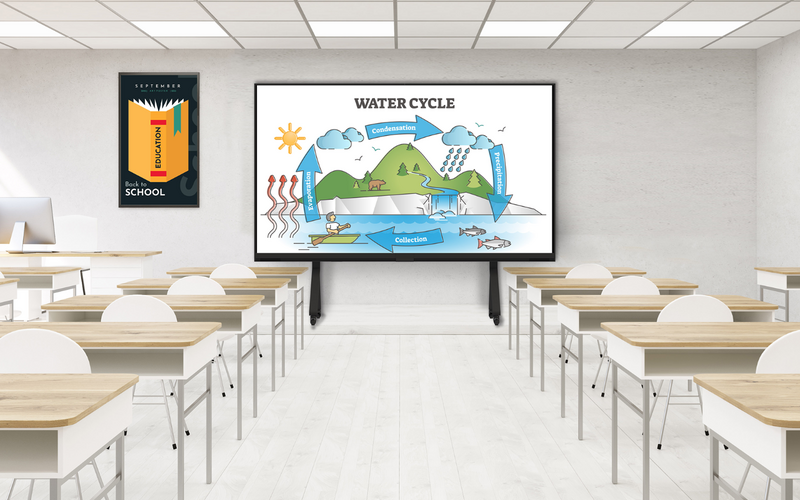
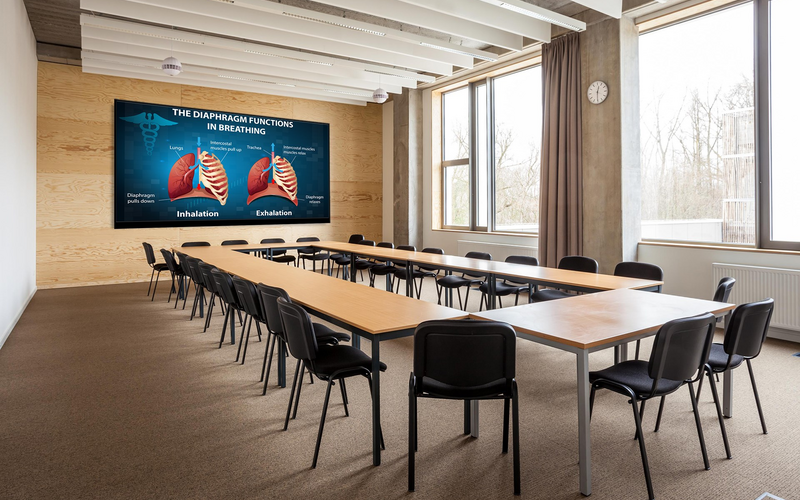
![[title]Connect IT: Bridging the Gap Between Education and Technology](http://www.edtechmagazine.com/k12/sites/default/files/articles/2014/05/connectit.jpg)

